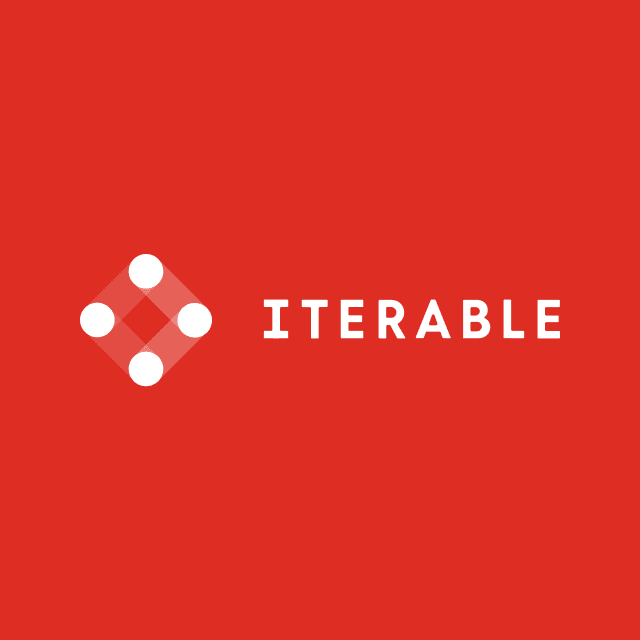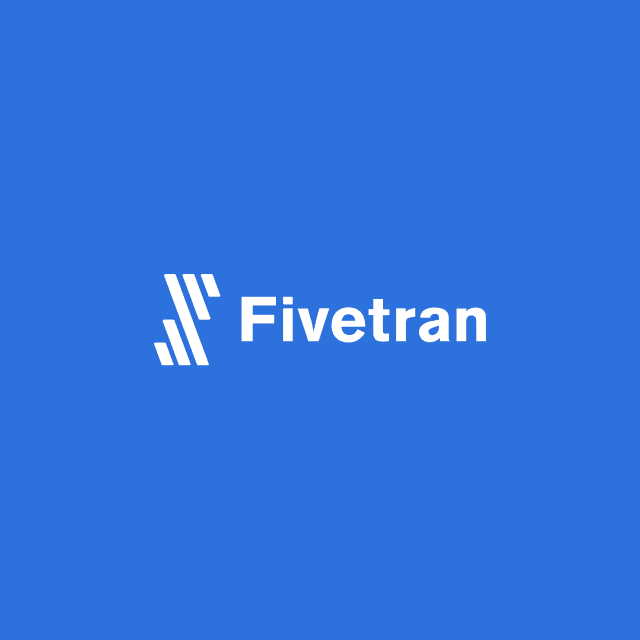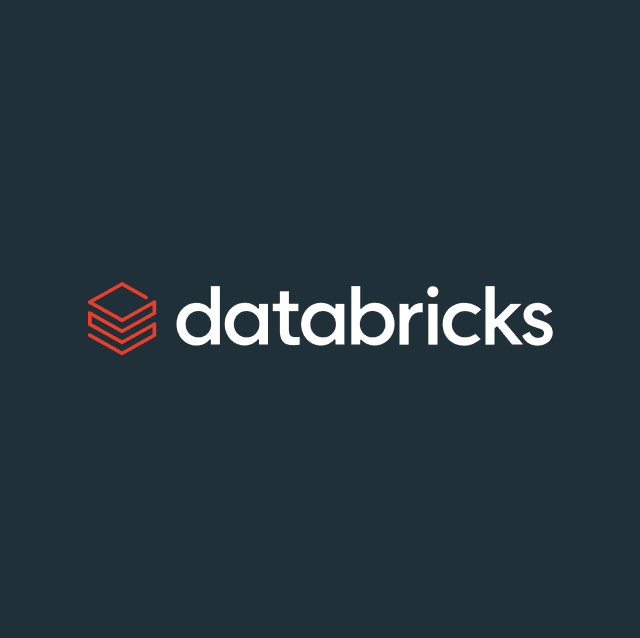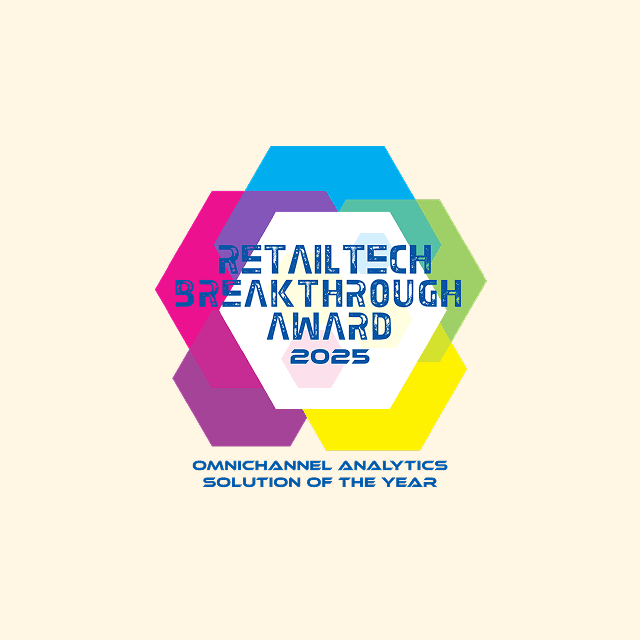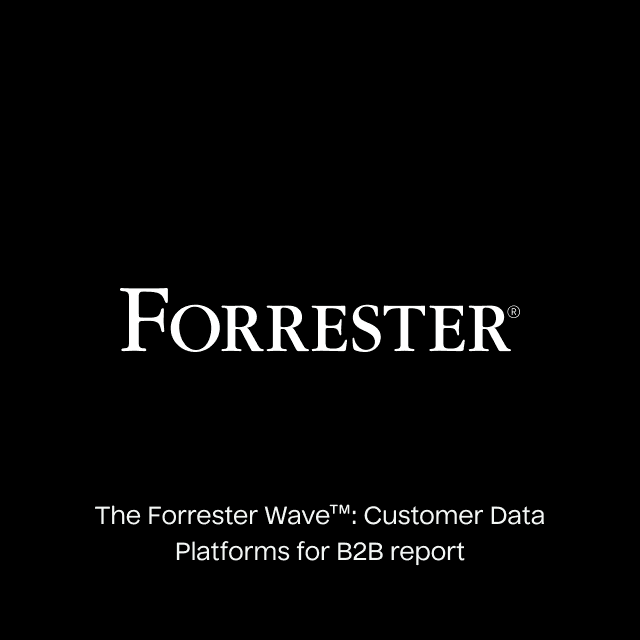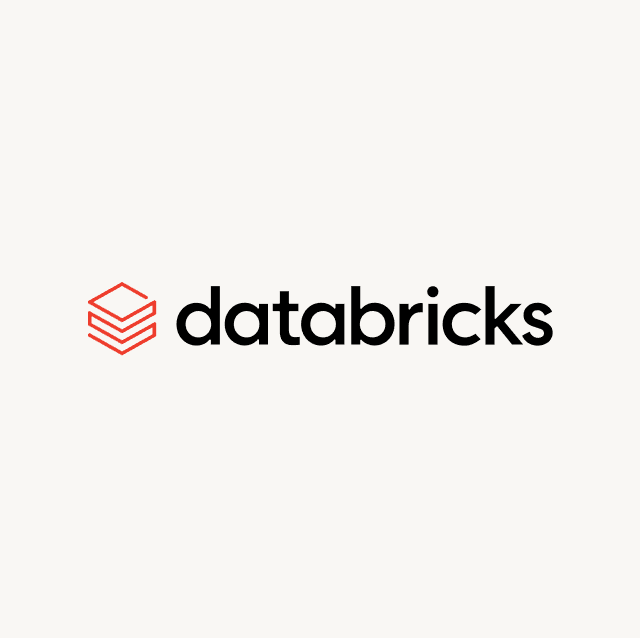It feels like just about every day, a new AI feature is launched, or a new AI company emerges. Every marketer knows they should use AI, but blocking out the noise from the signal is nearly impossible.
One thing is for sure, though: Every company wants to move faster, experiment faster, and ultimately learn faster. As part of this demand, a recent wave of AI tools has formed a category known as AI Decisioning, and marketers in every industry are turning to these solutions to automate tedious tasks and drive outcomes that move the needle.
In this blog post, you’ll learn:
- What are AI Decisioning tools?
- Why is AI Decisioning such a big deal?
- The top AI Decisioning tools
- How to evaluate AI Decisioning tools
What are AI Decisioning tools?
AI Decisioning tools leverage machine learning, AI agents, and reinforcement learning to make customer-focused decisions at a scale beyond human capabilities. These tools drive customers toward desired business outcomes, like increasing customer lifetime value and automating time-consuming manual tasks.
AI Decisioning platforms analyze your customer data to determine each individual's optimal content, channel, and timing. These tools track decisions, such as whether a customer opened an email or made a purchase, even if they didn’t lead to the desired outcome. Each recorded interaction helps refine future decisions, continuously optimizing for the best customer experience.
Using an AI Decisioning tool helps optimize the outcomes you’re striving for through a data-driven approach. It eliminates the need for manual tasks, such as orchestrating A/B tests, while enhancing the customer experience through personalized interactions.
As a result, you gain more time to focus on high-value tasks like developing new strategies and achieving better outcomes, such as increased customer lifetime value. This is because AI Decisioning continuously optimizes toward your goals, fostering greater customer loyalty through a more tailored experience.
Why is AI Decisioning such a big deal?
As a marketer, there’s always more to do than hours in the day. Whether it’s launching experimental campaigns to boost revenue, testing subject lines to improve email open rates, or analyzing data to uncover new audience segments. Hundreds of decisions need to be made, and time and resources are always in short supply.
The constant pressure often leads to a mindset of “let’s just get it done” to avoid bottlenecks. But let’s be honest—making high-stakes decisions that could impact millions of customers isn’t something you can do in seconds. It requires careful analysis to determine the best possible outcome.
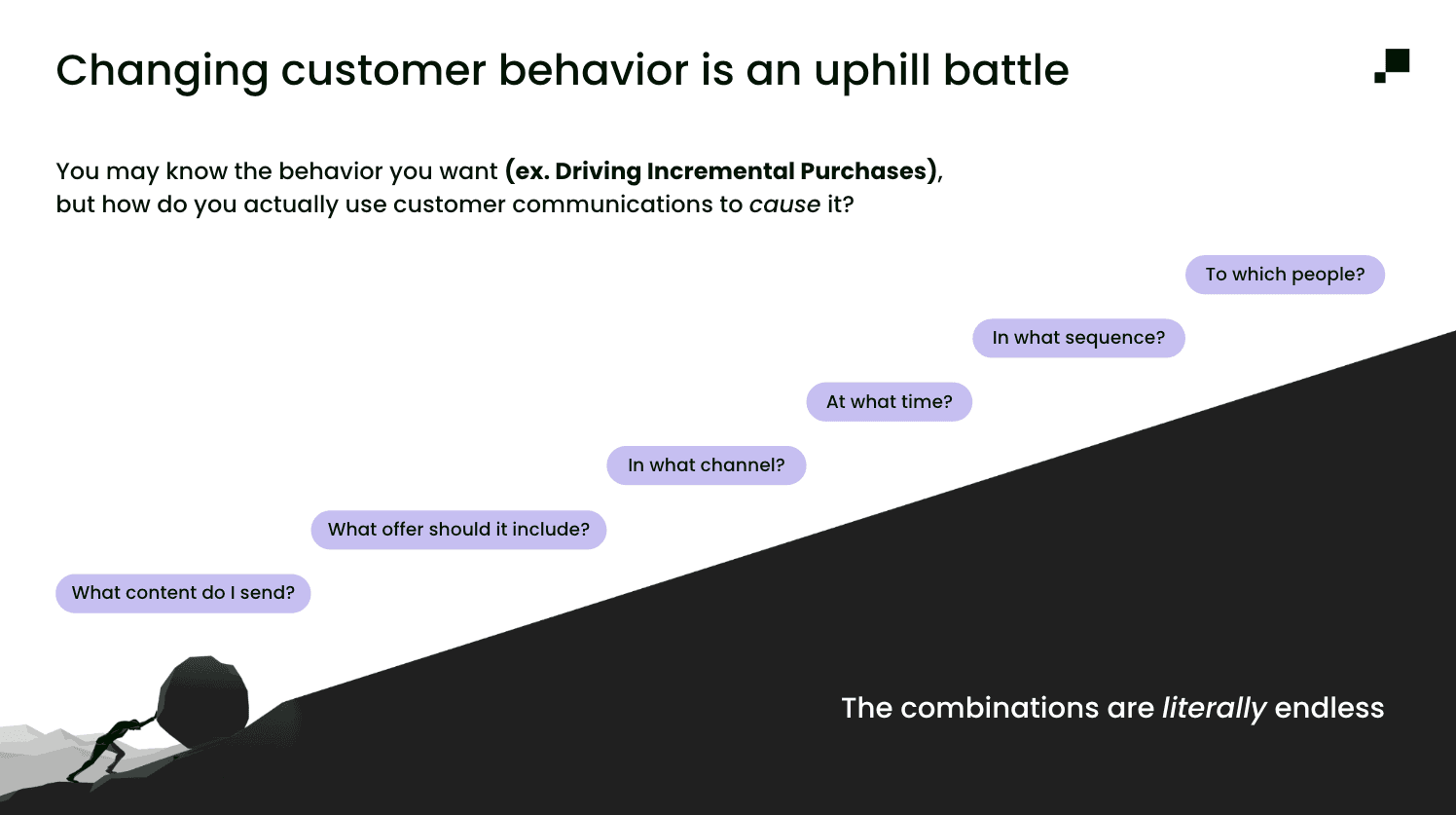
This pressure often leads to marketing that feels “average.” You segment users by persona, preferences, and behavior, then send generalized messages accordingly. But what appeals to everyone rarely resonates with anyone. For instance, is it better to send a mass email to customers who purchased 30 days ago about new book releases or to personalize emails based on each customer’s last purchase and preferred genres? The former results in generic strategies—and, unsurprisingly, generic results.
The future of marketing lies in moving beyond blanket strategies toward personalized, one-to-one customer journeys across every channel. Achieving this requires an AI-driven system that learns from your data and orchestrates campaigns—deciding what to send, who to send it to, and when. It continuously experiments and adapts, learning what resonates with each customer to inform future decisions.
Consider a retailer aiming to boost in-store purchases by leveraging data on when customers typically repurchase perishable items—key drivers of customer lifetime value (LTV). Rather than sending a generic monthly email offering 10% off to all customers, they can use existing data to personalize outreach and focus on this specific goal. By analyzing purchase frequency patterns, the retailer can send timely reminders when a customer is likely due for replenishment, paired with tailored incentives to encourage an in-store visit. For example, a small discount on the perishable item can draw customers in, with the expectation that they’ll also purchase higher-margin products during their trip. By automating this level of personalization at scale, AI decisioning ensures each customer receives the right message at the right time—ultimately driving more in-store purchases and increasing overall LTV.
As companies increasingly seek to implement highly personalized customer experiences, AI decisioning platforms have become a key focus. If you’re considering an AI decisioning tool for your business, we’ve compiled a list of the top platforms available on the market today.
Hightouch
Hightouch is an AI Decisioning platform that helps customers like Whoop and PetSmart
by continuously learning and optimizing marketing decisions to deliver 1:1 customer experiences at scale, helping teams achieve their business goals while maintaining full control of their campaigns. The platform powers a wide range of data activation use cases, offering solutions such as identity resolution, event collection, audience segmentation, and AI decisioning.
Hightouch was founded by Tejas Manohar, a former Segment engineer, and Kashish Gupta and Josh Curl. Drawing from their experience as former engineers at Segment, the co-founders brought deep expertise in the CDP space. They recognized that delivering rich customer experiences was only possible through the data warehouse, as it serves as the central repository for all company data and offers the most complete view of the customer. This realization became the driving force behind the founding of Hightouch. They were the first to pioneer the composable CDP approach and AI decisioning.
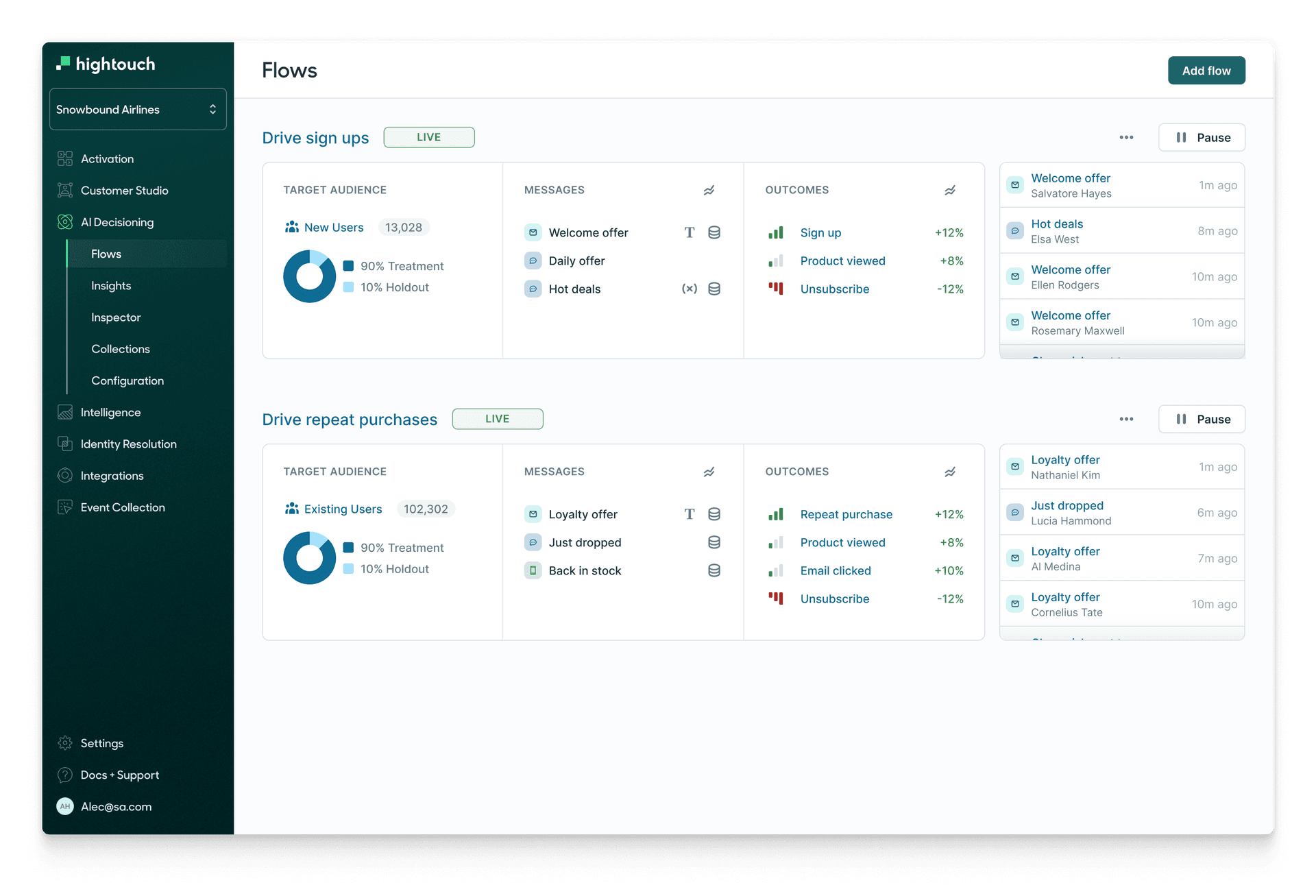
Hightouch offers an AI decisioning platform that integrates with all your marketing channels to deliver one-to-one personalized experiences for your customers. The platform automates manual A/B testing by running experiments across your entire customer base, optimizing for the best experience for each individual and driving desired outcomes. Hightouch AI decisioning is one of the few platforms that offer a self-service option rather than a managed service.
Beyond AI Decisioning, Hightouch offers a comprehensive suite of tools that can either replace your existing Customer Data Platform (CDP) or seamlessly integrate with it to enhance your marketing efforts.
Key Customers: Whoop, PetSmart
Features
- Self-serve UI: Hightouch provides an intuitive interface that allows you to configure the AI to maximize desired outcomes while maintaining full control over how it executes your requirements.
- Guardrails for security: Hightouch AI Decisioning includes customizable settings to ensure decisions align with your business policies. You can define parameters such as message timing and delivery days to maintain compliance and control.
- Transparent decisions: Gain full visibility into AI-driven decisions with detailed logs that show what actions were taken for each customer and the reasoning behind them based on their preferences and attributes.
- Actionable insights: AI Decisioning transforms its learnings into actionable insights, empowering you to design new campaigns or apply them strategically across other areas of your business.
- Warehouse-centric approach: Hightouch is powered by your data warehouse, meaning that the decisioning models have access to all of your data points and the past performance of each customer like what subject line made them open emails or what offers they bought the most, so the AI can optimize each customer decision.
OfferFit
OfferFit is a decision layer between your data systems and marketing automation platforms that uses reinforcement learning to automate A/B testing and multivariate experimentation.The platform works by leveraging in-house machine learning experts who build a managed service tailored to your business.
Founded in 2020 by Victor Kostyuk and George Khachatryan, both Cornell University mathematics graduates, OfferFit leverages AI to revolutionize personalized communications. Victor, a former lead data scientist at the Boston Consulting Group (BCG) with expertise in self-learning AI, and George, an ex-McKinsey & Company associate partner who led transformations at global corporations, recognized the inefficiencies of traditional approaches and envisioned a more effective solution.
Key Customers: Latam Airlines, Kayo Sports
Features
- Daily, customer-level decisions: OfferFit analyzes customer data to provide daily recommendations tailored to each individual, including message content, product offerings, incentives, optimal channels, timing, and frequency of communication.
- Comprehensive AI decision reporting: Gain full visibility into AI-driven decisions with detailed reports that help you analyze campaign performance, understand personalization efforts, and uncover new customer insights identified by AI.
- Flexible data ingestion: Offerfit ingests data from CDPs, warehouses, or static data files to power its reinforcement learning system.
- Integration with ESPs: Offerfit offers native integrations with a standard set of ESPs, such as Braze, Salesforce, and Iterable.
Moveable Ink
Moveable Ink is an AI-driven email and mobile personalization platform that delivers tailored content to each customer and dynamically updates it even after the email has been sent. The platform also leverages generative AI to help craft subject lines that enhance open rates. Moveable Ink enables you to optimize message timing, select content that resonates most with customers, and analyze which assets drive the greatest impact
Similar to OfferFit, Movable Ink requires you to work with their customer service team to launch new campaigns which can slow down learning and time to value.
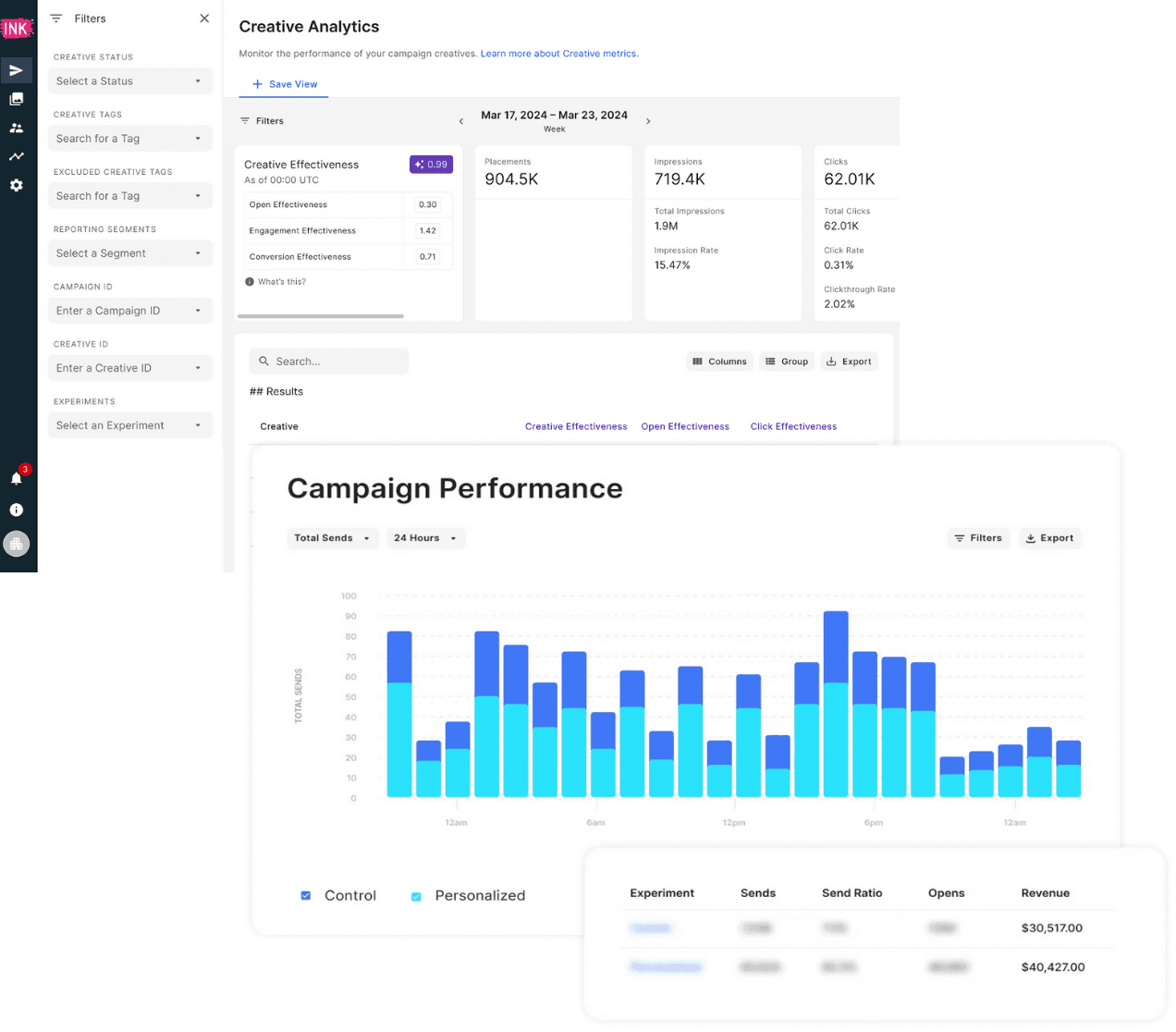
Founded in 2010 by Vivek Sharma, a software engineering veteran with experience at Cisco and British Telecom, and Michael Nutt, a seasoned engineer, Moveable Ink leverages its co-founders' deep technical expertise. Michael's engineering background uniquely positions him to drive product strategy, development, and implementation.
They started Moveable Ink to revolutionize email marketing through a content-driven approach—when Email Service Providers (ESPs) were primarily focused on infrastructure. Their innovative idea was to personalize emails when they are opened, using factors such as location, weather, time, and device to dynamically tailor content.
Since then, Moveable Ink has expanded beyond email to include web and display ads, continuously enhancing customer experiences through advanced personalization.
Key Customers: Delta, Yard House
Features
- Generative AI for subject lines: Automatically generates personalized email subject lines based on the selected content for each customer, optimizing engagement and open rates.
- AI Decison making: Moveable Ink leverages AI and customer data to make key decisions, such as optimal message timing and tailored content, to deliver personalized experiences that drive clicks, conversions, and revenue.
- No-code content builder: Moveable Ink offers a drag-and-drop content builder, enabling you to create customized content without coding expertise.
- Pre-built frameworks to streamline content creation: The Tactics Gallery provides ready-to-use templates, streamlining the content creation and speeding up campaign deployment.
- Seamless ESP/MSP integration: Studio content, created using the no-code interface, can be easily exported as an HTML snippet and integrated into any email template within your preferred ESP or MSP.
- Real-time content updates: You can make real-time amendments to email content even after sending it. Updates are limited to images and do not extend to subject lines or body copy.
- Content performance analytics: Gain valuable insights into how your content resonates with customers, tracking performance metrics and identifying emerging trends in customer preferences.
Aampe
Aampe provides an agentic infrastructure that enables continuous personalized experiences by tagging messages and delivering content across multiple channels, including email, mobile push, and SMS. Each customer is assigned an AI agent that monitors their engagement and adapts to their evolving preferences.
One thing to consider, is that Aampe requires you share your customer data with them, outside of your existing platforms, creating potential security risks and extra implementation work.
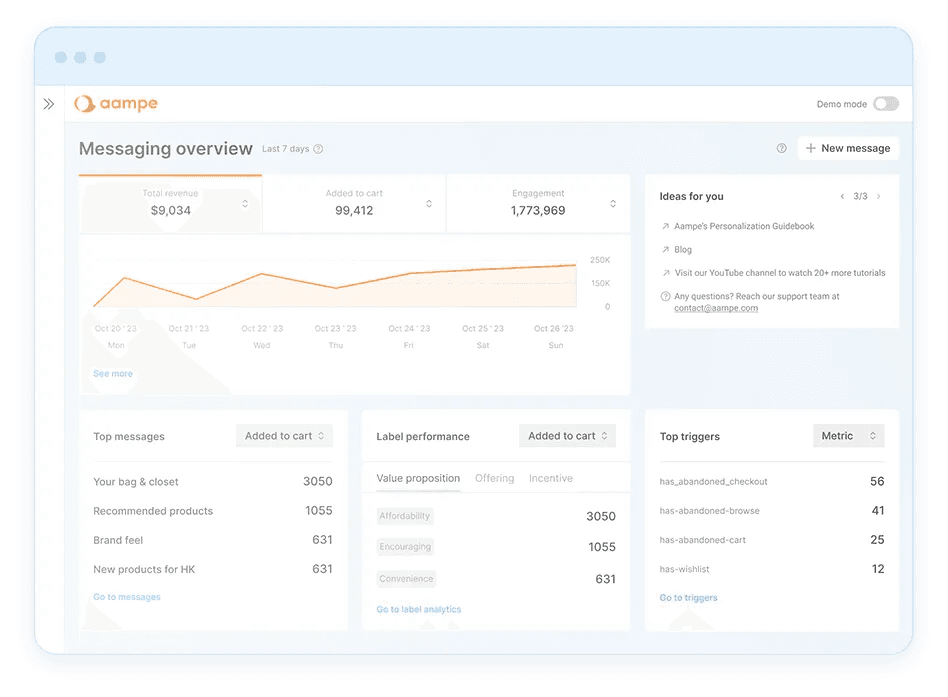
Founded in 2020 by Paul Meinshausen, a Harvard graduate with extensive experience in data science and AI honed through his work on complex data for the U.S. military in Afghanistan, Schaun Wheeler, a data scientist with expertise in analyzing massive unstructured data for U.S. Army Intelligence, and Sami Abboud, an experienced data scientist with a background in data mining, Aampe aims to revolutionize app personalization. Traditionally limited to rigid, rule-based approaches, app personalization is transformed by Aampe's AI-powered platform, eliminating manual effort and unlocking unprecedented personalization capabilities.
Key Customers: Kashkick, Kuri
Features
- Unlimited app event ingestion: Import all app events without restrictions or additional costs, ensuring comprehensive data collection for better insights and decision-making.
- Data source integrations: Aampe ingests data through integrations with common data warehouses, CRMs, CDPs, and CMSs, or through exports from your data sources.
- Advanced analytics for actionable insights: Leverage Aampe's analytics to uncover valuable insights into user behavior, preferences, and engagement patterns, empowering data-driven campaign and strategy optimization.
- AI-powered recommender engine: Predict the next product or content your users will most likely engage with, delivering personalized experiences that drive higher conversions.
- Flexible insights output: Aampe’s data outputs can be used by data science teams for various purposes, such as seeding lookalike audiences, enhancing in-house models, and feature engineering.
How to evaluate AI Decisioning tools?
As AI Decisioning emerges as a new category, selecting the right tool for your business and specific use cases can be challenging. To simplify your decision-making process, consider the following key factors.
- Is data stored outside your infrastructure? If your organization has a secure data infrastructure, consider whether the AI Decisioning tool requires you to move your data to their platform. Ideally, choose a solution within your existing infrastructure to avoid introducing additional security risks and potential points of failure.
- Is it easy to use? Does it offer self-serve capabilities? The tool should have an intuitive, user-friendly interface that doesn’t require extensive technical knowledge to operate. A self-serve option is crucial, allowing you to make changes independently without relying on external teams, ensuring flexibility and efficiency.
- How many integrations does it support? Ensure the tool supports various integrations with your existing marketing stack. The last thing you want is to sign a contract only to find that your essential tools aren't supported, forcing you into complex workarounds. A solution with extensive and regularly updated integrations prevents bottlenecks and future-proofs your marketing efforts.
- Is it easy to implement? Look for a solution that allows for quick deployment and minimal setup time so you can start seeing results without months of waiting. Self-serve platforms typically offer faster onboarding and quicker returns on investment.
- Do you have visibility into AI decisions? Handing decision-making over to AI can be daunting, so choosing a tool that provides full transparency is important. Look for features that allow you to track decisions and their reasoning.
- Are there built-in guardrails? To prevent AI from making undesirable decisions, such as sending messages outside business hours, ensure the tool offers customizable guardrails to align AI actions with your business policies.
- Does the AI learn and improve over time? An effective AI Decisioning tool should continuously learn from successful and unsuccessful outcomes, refining its approach for better future decisions and improved customer experiences.
Closing thoughts
If you want to gain an edge over your competitors, you need to be the company that moves and learns the fastest. The faster you can learn and implement, the better the customer experience will be, which will lead to more customer taking the actions that you want them to. And this is why so many companies are looking to an AI Decisioning platform to help them achieve what’s impossible with the use of AI.
If you're looking for an AI Decisioning tool that integrates seamlessly with your data warehouse without storing data outside your infrastructure, Hightouch is the ideal choice. With an intuitive, easy-to-use interface and complete transparency in decision-making, Hightouch empowers you to take control of your customer data.
Book a demo with a solution engineer today to understand more about AI Decisioning and how it can help you.






